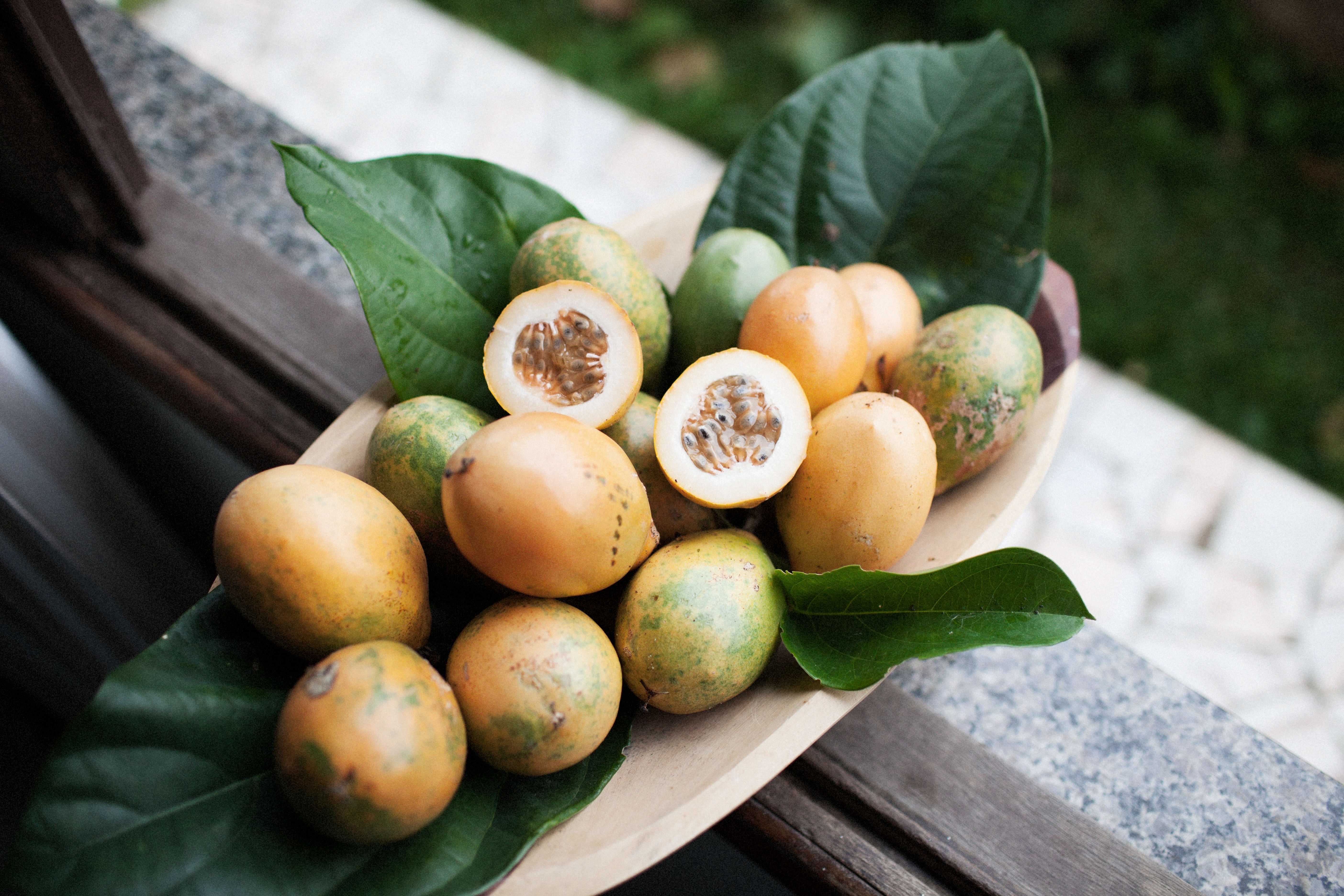When it comes to the dietary habits of Canadians, there are certain persistent trends that leave many of us short on several important vitamins, minerals and nutrients.
The reality is that it is not always easy to eat the varied and balanced diet we wish we could.
That’s where today’s article comes in. I will introduce you to five very unique foods that I am willing to bet most of you aren’t currently eating. These foods are exceptionally high in the important nutrients that Canadian’s generally lack and incorporating them in your diet will go a long-way to ensuring your nutritional adequacy.
The Five Most Important Foods You Aren’t Eating
#1 Passion Fruit: Passion Fruit is one of the single richest natural food sources of soluble dietary fibre. For those that may not know, there are two types of dietary fibre in foods; soluble and insoluble. Each has a unique effect on our health and our bodies. Although both are equally important, I believe that it is more likely for the average person to miss out on soluble fibre than it is for them to miss out on insoluble fiber in their diet. For this reason, passion fruit would be a great addition to the diets of most Canadians.
#2 Squash/Pumpkin Seeds: Squash & Pumpkin seeds are two of the richest natural sources of magnesium, an extremely important mineral that many of us do not consume enough of. These seeds are also sources of other important nutrients including iron, calcium and zinc which certain portions of the population may not get enough of.
#3 Canned/Fresh Sockeye Salmon: You have heard from me time and time again about the importance of fish in the diet of the average Canadian. For many of us, canned varieties represent one of the most accessible and affordable means to incorporate fish into our diet. But guess what, not all fish are made equal. Did you know that a single serving (75 grams) of sockeye salmon contains most people’s daily requirement of vitamin D? No other fish can boast this, not to mention the fact that sockeye salmon is also rich in omega-3 fatty acids and low in mercury.
#4 Collard Greens: Spinach, kale and chard get most of the attention when it comes to leafy greens but cooked collard greens contain more calcium than all three. If you don’t consume dairy products, it will be difficult for you get enough calcium in your diet without the proper dietary planning. Regularly incorporating collard greens, whether you consume dairy or not, will be a big step in the right direction. Oh, and as an added bonus, collard greens are also one of the richest natural sources of vitamin A, another very important nutrient that many of us don’t get enough of.
#5 Guava: Oranges are great, but guava is a far richer source of vitamin C. Although vitamin C adequacy may be less of a concern than the other nutrients discussed today, there are still some people out there who may not get enough. This is especially true for those of you who neglect your fruit and vegetable intake. If this sounds like you, guava is here to save the day.
Take Home Message
Hopefully these “outside of the box” food ideas provide you with some incentive to try something new and take your diet to the next level. I did not choose these foods only because they are less commonly consumed, but also because they truly are the best available sources of the nutrients that you need in your diet. Time to dig in!
Andy De Santis RD MPH



